Photo: The AP Art Show.
Beth El Temple Center’s Zonis Auditorium was buzzing last Saturday night, March 28, filled with people, musicians and residents who came to show their appreciation that art exists in Belmont … for now.
Lining two sides of the room were large works in oil and watercolor, pencil and from photographs. On tables was jewelry, artists drawing portraits and collaborative works with elementary and high school students.
Mingling with the crowd were students with sticky labels saying “Ask me about my art.”
“It’s not a fish,” said one artist about his work titled: “This is not a fish.”
“So, what is it?”
“It’s a drawing of a fish,” he replied.
In just over a week’s time, the students from Belmont High School’s Advanced Placement Art class brought together their works – ranging for award-winning canvases to miniature “thingys” – for an impromptu show to demonstrate to the greater community why Belmont is considered one of the bright spots for public school art.
“We wanted to do something to raise awareness for what our program does” since it usually “is our own little world,” said senior Brenna Sorkin.
Not that they need to tell educators of their talents. In February, students from the high school and the Chenery Middle School came away with a boatload of awards at the Scholastic Art and Writing Awards, run by the School of the Museum of Fine Arts, Boston, in partnership with the Boston Globe.
For the artists, the show was more than a collective viewing of the work completed in the past school year. It was an affirmation of how a single subject can impact the lives and future of Belmont students, a class likely to face cuts or eliminated if a Proposition 2 1/2 override is defeated by voters on April 7.
While saying the show wasn’t an overtly political event, Sorkin said it was an opportunity to show voters “this is what’s at stake, this is who we are and what we do and consider that when [they] vote.”
Looked on with amazement and delight at the activity going around him Saturday, AP Art teacher Mark Milowsky said he was “just blown away by this.”
“They organized this whole show and set it all up. I stepped in and was floored,” said Milowsky as he wheeling around his newborn in a stroller.
Yet slashing the arts district-wide would not only halt the program’s progress, but could damage the entire art environment beyond repair.
The elimination of the art classes at the middle school would effect “[t]he quality and level of the work” by the students “and they will not be as prepared as they come up to the high school,” said Milowski
If AP Art ends, “we will never see another (academic) scholarship because the colleges will simply stop coming,” said Milowsky, counter to the status quo in which each of the 18 seniors received grants to major in art.
“Without AP Art, Belmont will fall off the map,” said Milowsky.
That sentiment is not universally accepted in Belmont. A resident known for this opposition to improved school spending said in a column printed last week in a Perinton, NY.-based weekly publication that the town “owes its children a decent education.”
“That means textbooks that aren’t falling apart but should it also include courses like advanced placement art, dance and theater?” he pondered, before taking the school system to task for offering them.
But, for the art students, “[w]hat really makes up a ‘good’ education?” asked junior Della Copes-Finke.
“Art is what shapes you as an individual. For me, it helped better understand who I am and who I want to be even if I don’t follow art as a career” Copes-Finke said, pointing out alumni from AP Art are currently working in innovative companies such as Pixar, Google, Under Armor and Microsoft.
“It’s easy for people who didn’t take art to say it’s not an important part of education, but it is a huge part of our education since we don’t see ourselves thriving in a traditional university environment,” said Sorkin, who will use her arts background when she enters Lehigh College in the fall as a product design and engineering major.
“Everything is art,” she said. “Your phone, your shoes, your car; an artist was involved in making those. So it’s a very simplistic world view to say just teach them how to read, write and add because that is not the whole picture.”
The column writer should visit the visual arts room stuck “way back” on the second floor of the High School where he will find students who work tirelessly on projects that are both technically demanding and intellectually liberating.
“It’s like a sanctuary to express ourselves in a lot of different ways you can’t do in any other classrooms,” said junior Olga Brevnova, who was nominated for an national American Visions Award this winter. “It’s our identity.”
For Kabita Das, Shreya Patel and Katherine Saylor, the space – a bramble of projects past, present and future amongst well-worn paint splattered table and stools – is where they would spend the entire school day and beyond as they feel a sense of personal accomplishment and community.
For Das, it wasn’t simply a place to explore her talents; she entered high school with confidence issues “so in finding and coming to this class, I felt a lot of potential in myself and allowed me to grow and carry that through in my art.”
Growth as both an artist and a student is what Saylor, a graduating senior, will remember from her four years.
“You’re working for yourself and not a grade. The motivation you gain here, all that effort you put into a single work is reflected in your other classes,” said Saylor.
Yet it’s hardly a class of inward-looking individuals focused on their art.
“Here you learn to work together, form relationships and to collaborate,” said Patel.
“That’s not something you could really do in other classes … we are not told to work with three other people; we reach out to our peers, and that creates bonds that are more rewarding personally but also artistically,” she said.
Asked what four years without advanced art would have been, Patel said “unimaginable.”
“This room has been a part of my life. It’s the first room I entered as a freshman [it was her homeroom], and it will be the last one I leave as a senior. I wouldn’t be where I am as a student, an artist or a person without this room.”
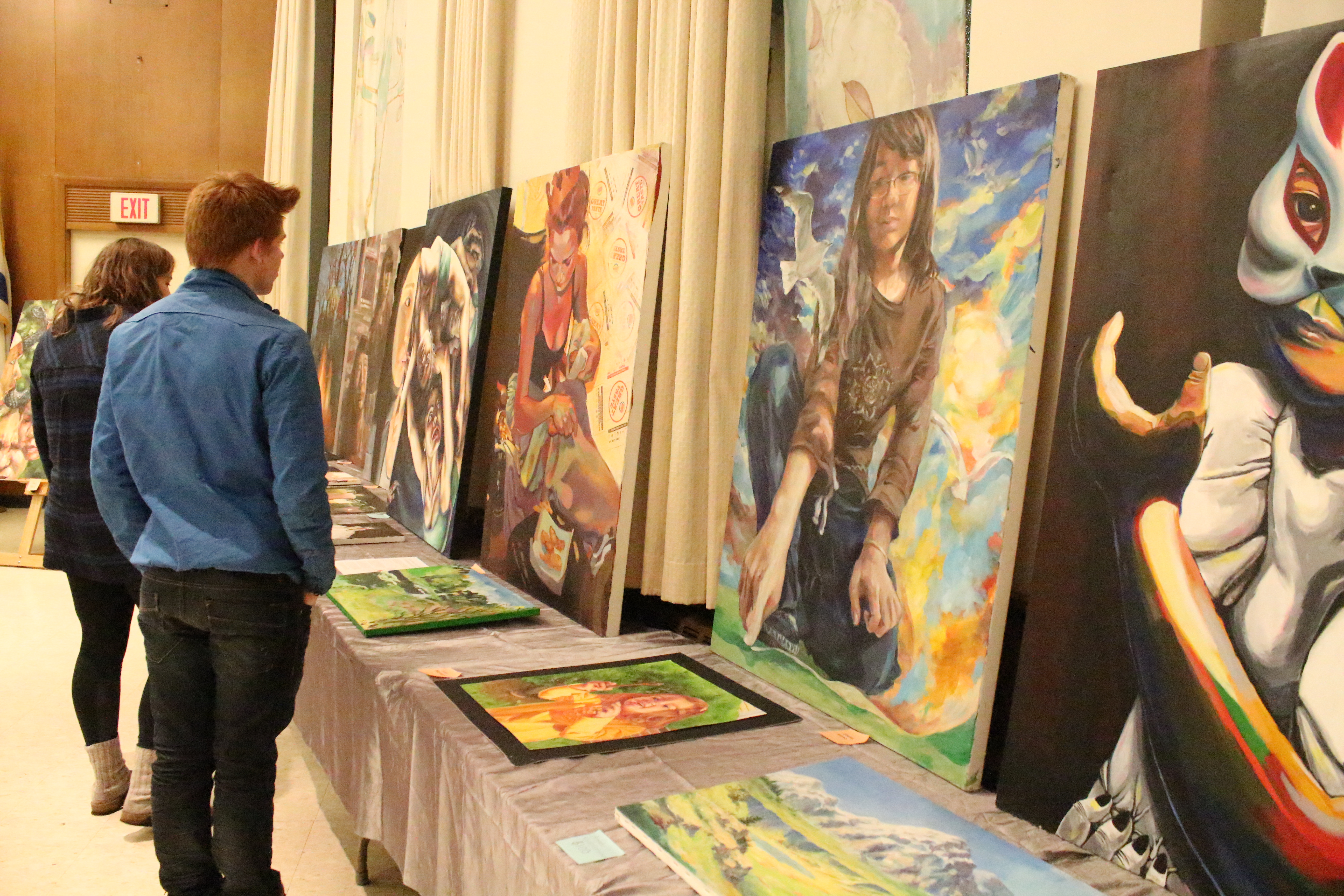

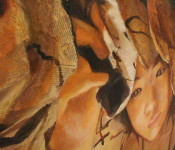
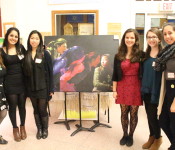

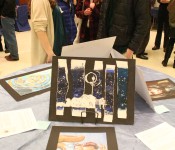


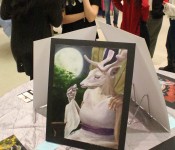
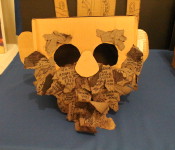

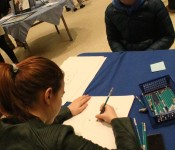
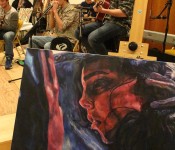


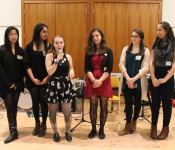
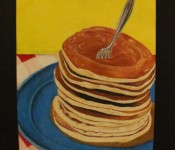
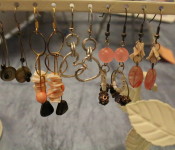








Leave a Review or Comment